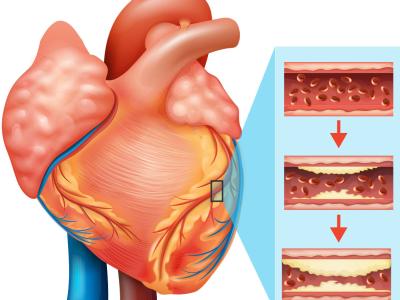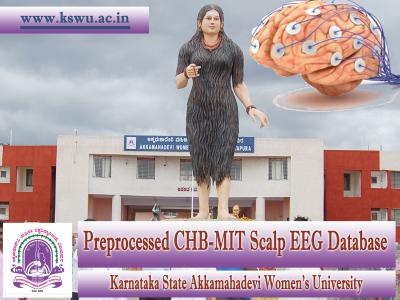CoronaHack-Respiratory-Sound-Dataset

- Citation Author(s):
-
Pradeepini Gera (K L Deemed to be University, Vaddeswaram, Vijayawada)
- Submitted by:
- Asha Latha Thandu
- Last updated:
- DOI:
- 10.21227/z6eq-hw49
 221 views
221 views
- Categories:
- Keywords:
Abstract
The COronaVIrus Disease of 2019 (COVID19) pandemic poses a significant global challenge, with millions
affected and millions of lives lost. This study introduces a privacy conscious approach for early detection of COVID19,
employing breathing sounds and chest X-ray images. Leveraging Blockchain and optimized neural networks, proposed
method ensures data security and accuracy. The chest X-ray images undergo preprocessing, segmentation and feature
extraction using advanced techniques. Simultaneously, breathing sounds are processed through tri-gaussian filters and mel
frequency cepstral coefficient features. The fusion of audio and image features are achieved with a progressive split
deformable field fusion module. The proposed Dual Sampling dilated Pre-activation residual Attention convolution Neural
Network (DSPANN) enhances classification accuracy while reducing computational complexity through augmented snake
optimization. Furthermore, a privacy-centric blockchain-based encrypted crypto hash federated algorithm is implemented for
secure global model training. This comprehensive approach not only addresses COVID-19 detection challenges but also
prioritizes data privacy in healthcare applications. The proposed framework exhibited recognition accuracy rates of 98%,
specificity of 97.02%, and sensitivity of 98%.
Instructions:
In this research, Python serves as the programming
environment for image processing experiments. The
experiments run on a personal computer with a robust
configuration, including a 3.40 GHz, 16GB RAM and Intel
Core i7-6700 CPU, providing ample computational power.
To ensure a thorough evaluation, the prepared databases are
systematically divided into a training set (80% of the
database) and a separate test set (20%). This partitioning
strategy enables rigorous testing and validation of
methodologies.
The proposed framework utilizes chest X-ray and audio
sample data from the COUGHVID dataset for accurate early
diagnosis of COVID-19. The dataset includes 2,800 expertlabeled
coughs with diverse participant information. The
chest X-ray dataset comprises 13,808 images, split into 80%
training and 20% testing sets. A random 10% of the training
set is used for model validation. This comprehensive
approach ensures effective training, testing and validation of
the machine learning models for COVID-19 prediction.






